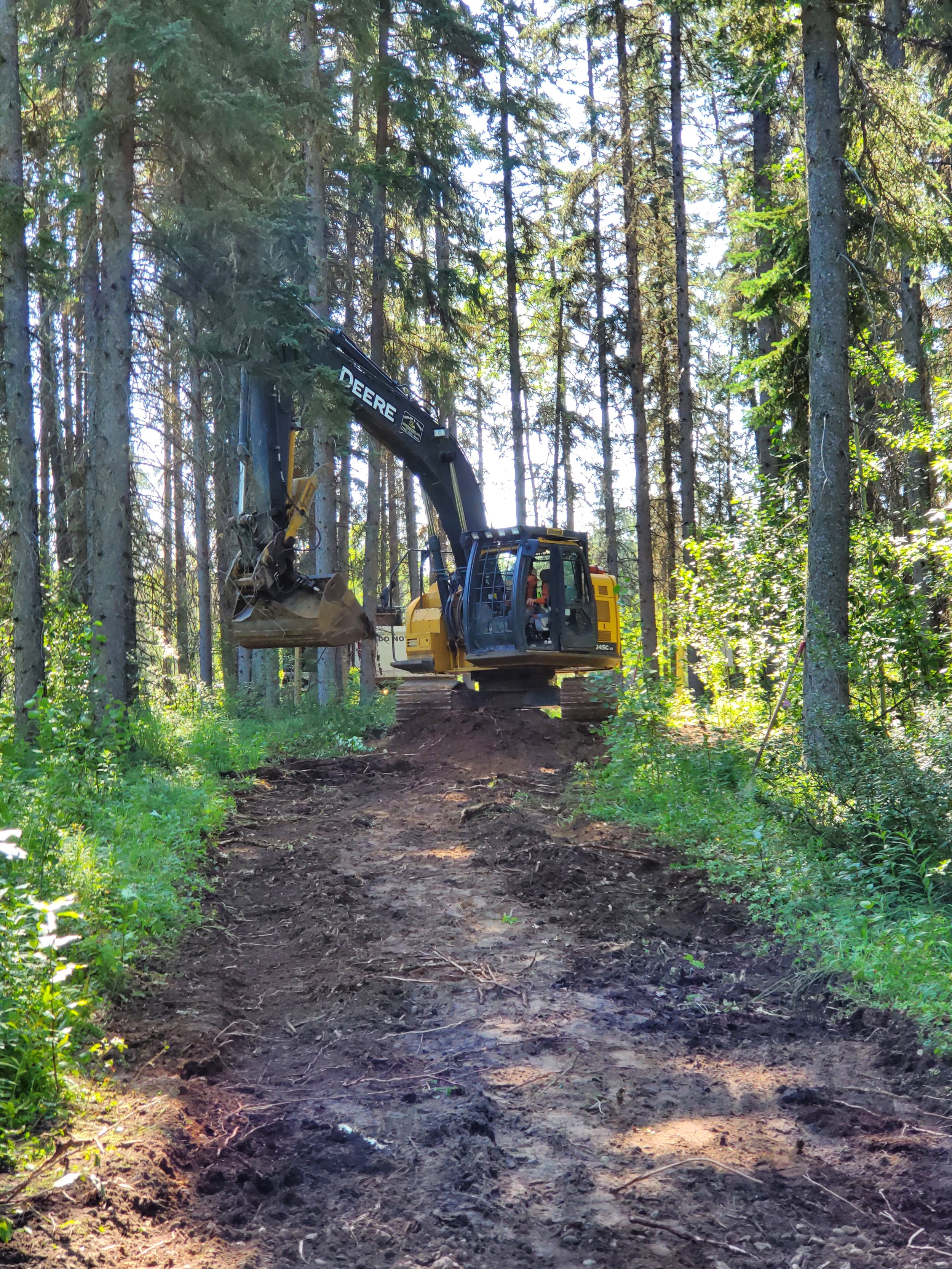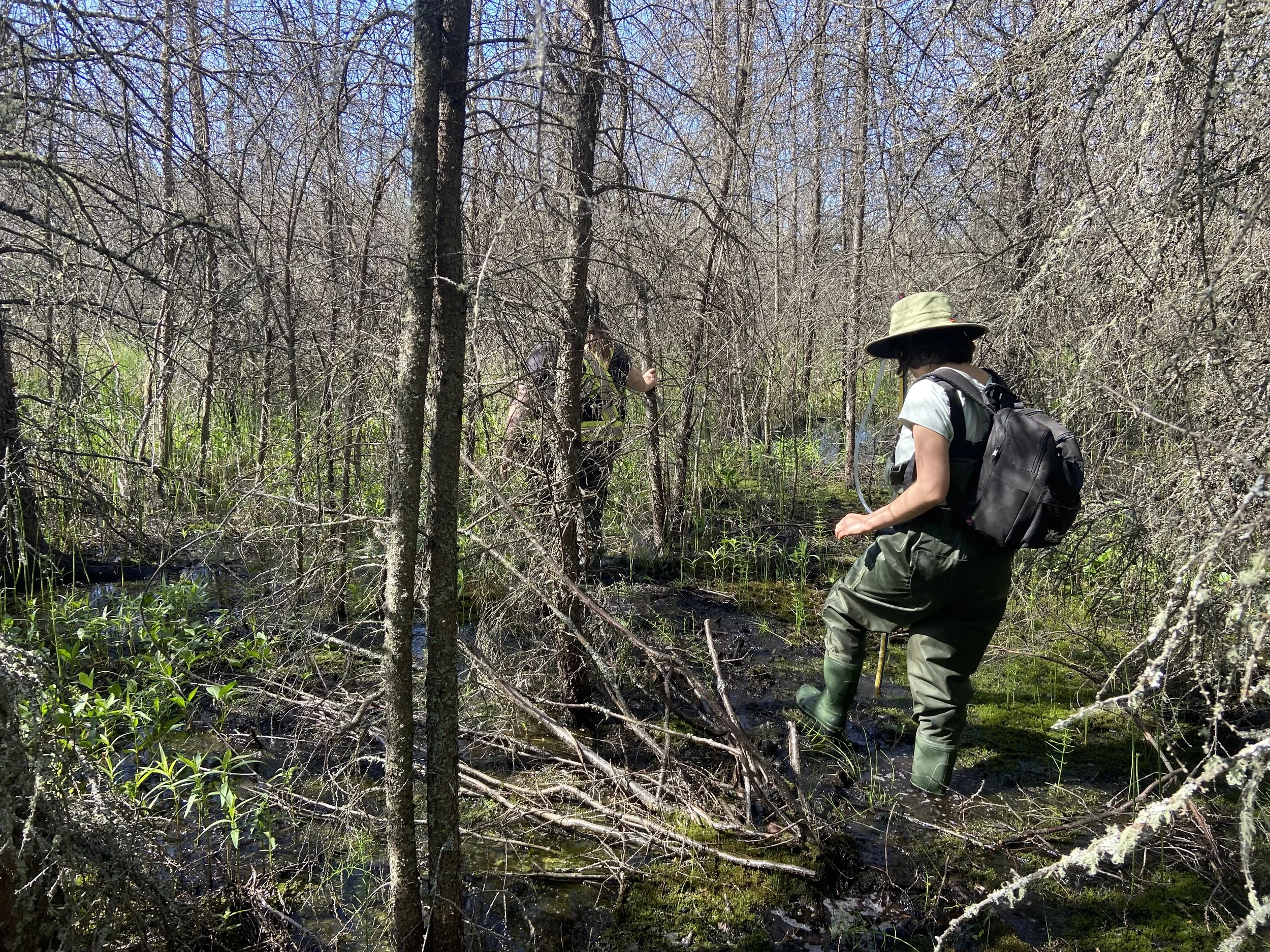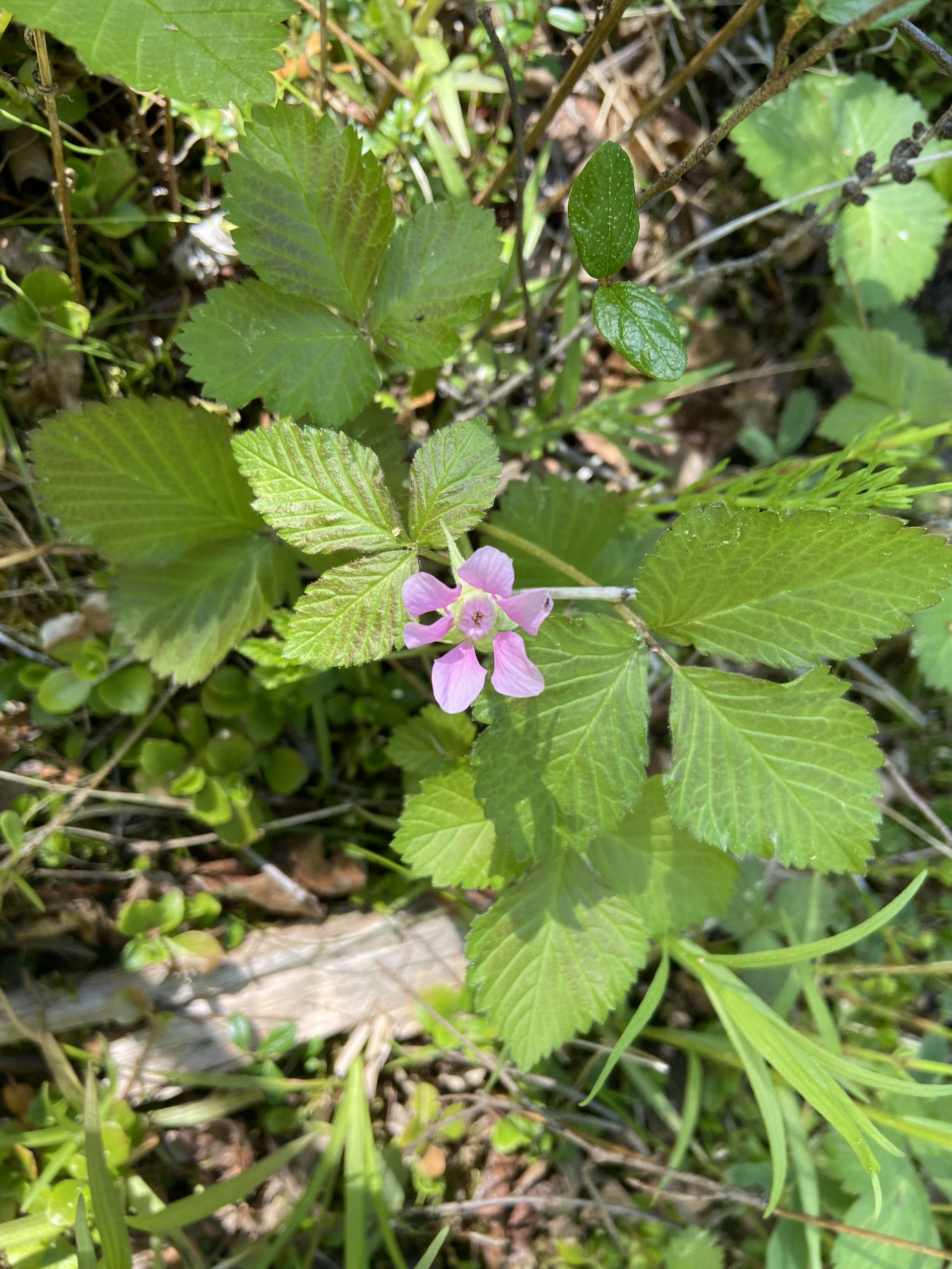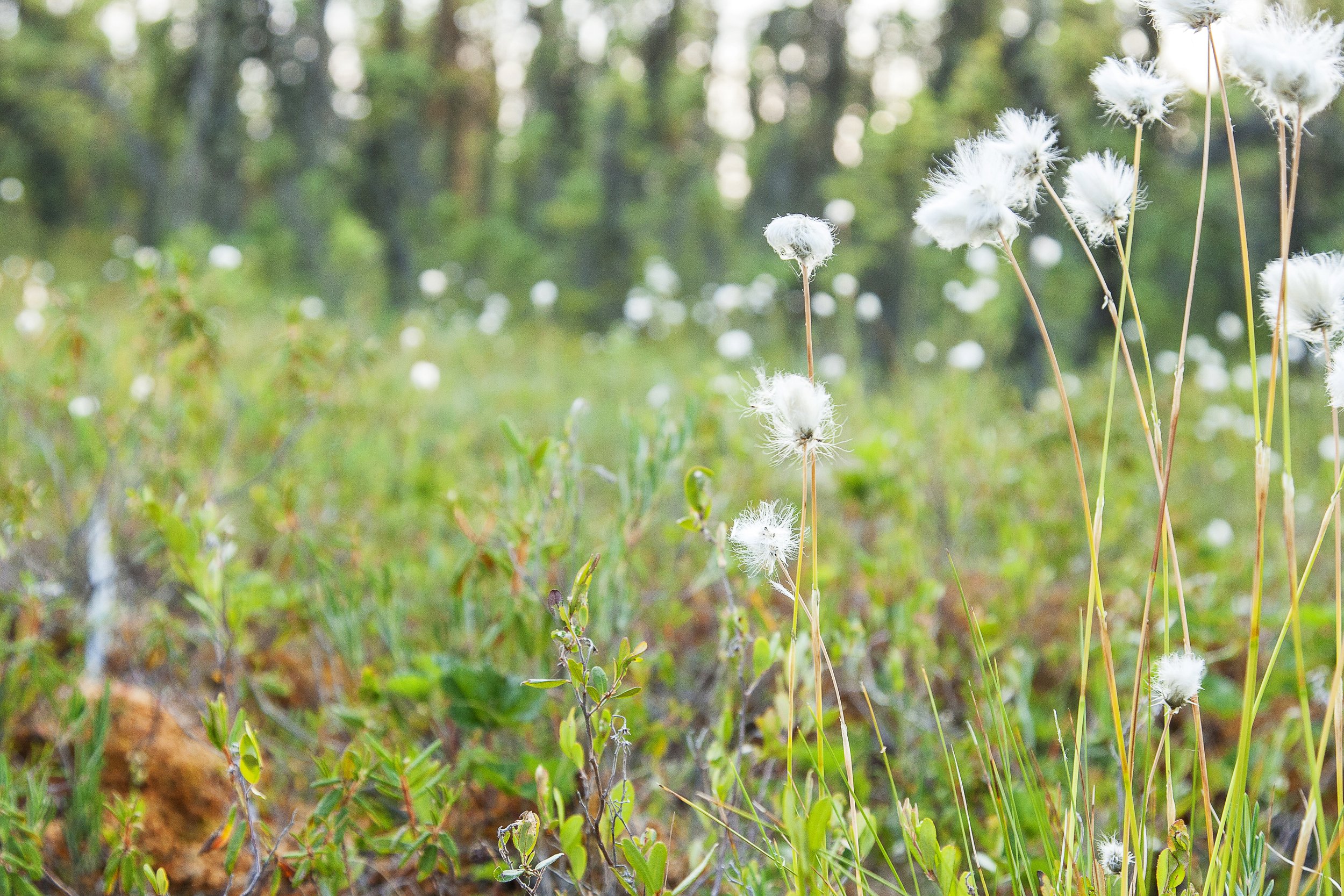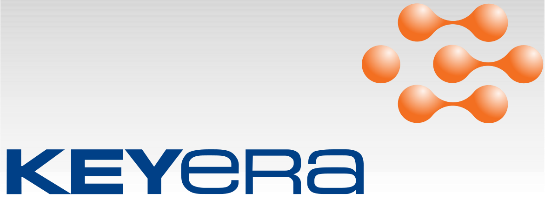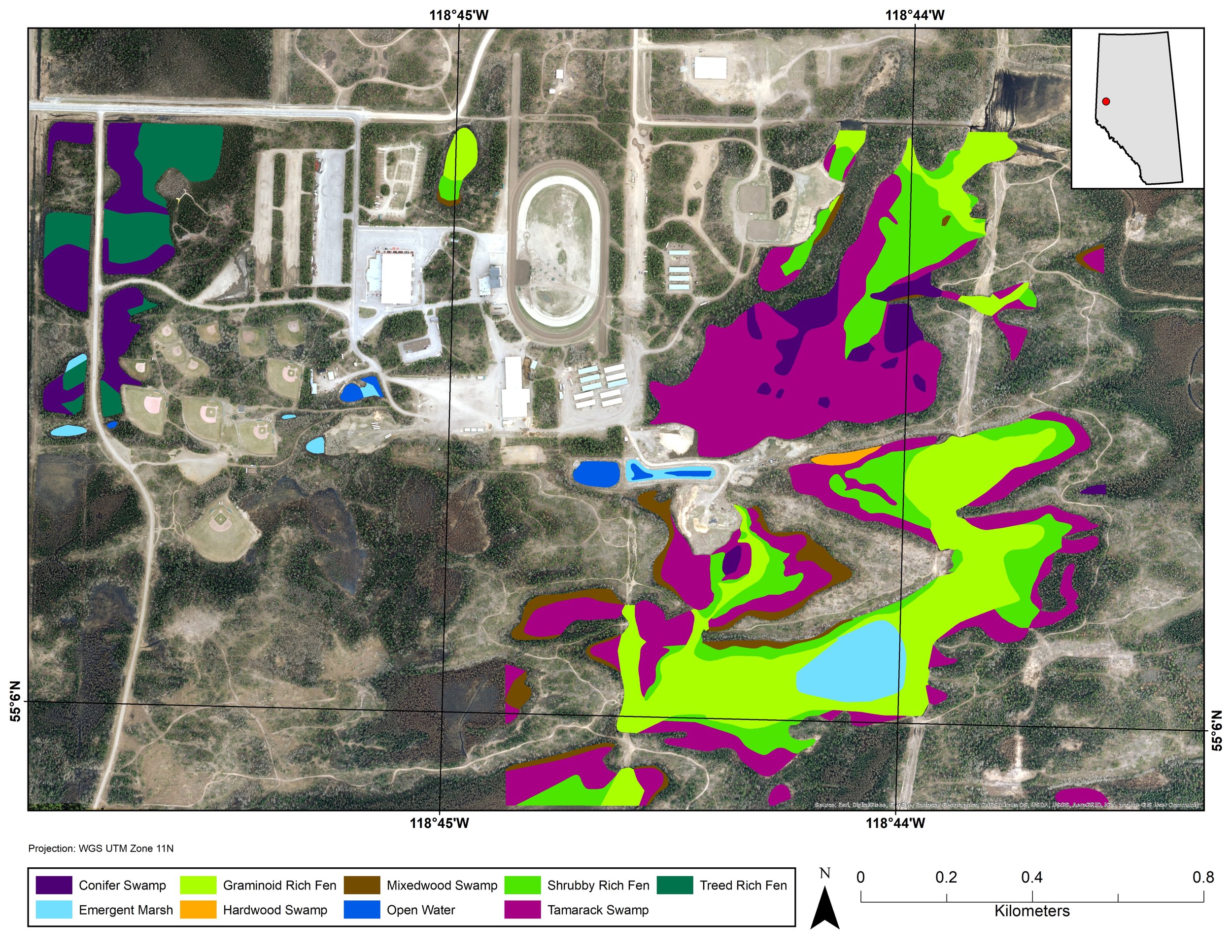Loquiz Wetland Tour at the Wetland Centre
/The Wetland Centre at Evergreen Park is home to Loquiz! Developed by the County of Grande Prairie No. 1, this app provides a fun and interactive way to navigate the Wetland Centre while competing against other teams to see who is the master of wetland knowledge!
Using your smart phone or tablet with the Loquiz app, you will be prompted to answer various questions about wetlands submitted by wetland experts who live and work in the Peace Region. This includes specialists from the County of Grande Prairie No. 1, Ducks Unlimited Canada, Matrix Solutions Inc., the Alberta Riparian Habitat Management Society (Cows and Fish), the Alberta Conservation Association, and the Mighty Peace Watershed Alliance.
The Loquiz app is perfect for junior high and high school classes, but all groups who are interested are encouraged to reach out for more information!
If are interested in participating, please reach out to Jill Henry (jhenry@countygp.ab.ca) and Kate Winterford (kwinterford@countygp.ab.ca) for more information and to book a timeslot.




